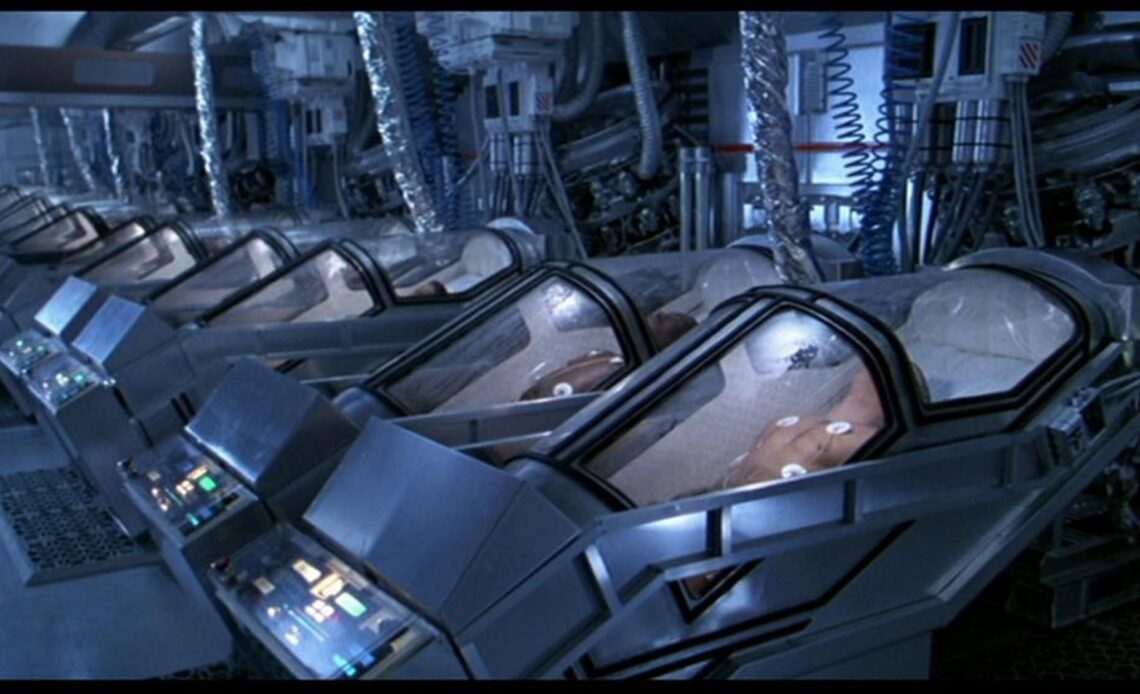The first hibernation studies with human subjects could be feasible within a decade, a European Space Agency (ESA) researcher thinks.
Such experiments would pave the way for a science-fiction-like approach to long-duration space missions that would see crew members placed into protective slumber for weeks or months on their way to distant destinations.
Hibernating on a year-long trip to Mars would not just prevent boredom in a tiny space capsule; it would also save mission cost, as the hibernating crew members wouldn’t need to eat or drink and would even require far less oxygen than those awake. There are other, rather odd benefits of hibernation, as well. Research in animals suggests that bodies of hibernating astronauts might waste away much less than the bodies of those awake in microgravity. Upon arrival, these hibernators would thus be fit and ready to commence challenging exploration almost straight away after regaining consciousness.
Related: NASA astronauts could hibernate on deep space missions thanks to arctic squirrels
For all these reasons, hibernation, also known as torpor, has long been a staple of sci-fi space movies. From “Alien” to “2001: A Space Odyssey,” fictional space travelers have crossed vast distances cocooned unconscious inside high-tech pods while AI machines and android robots keep their spacecraft on a steady course.
Despite being a sci-fi trope, putting humans into long-term induced torpor may not be a far-fetched idea after all. Jennifer Ngo-Anh, a research and payload coordinator of Human and Robotic Exploration at ESA and a co-author of a recent paper (opens in new tab) outlining the space agency’s approach to hibernation research, told Space.com that depending on funding availability, the first human torpor trials could take place as early as the mid-2030s.
“Of course, we need to finetune everything before we can apply it to humans. But I would say that 10 years is a realistic timeline,” Ngo-Anh said.
This fine-tuning is already underway. First studies have shown that it’s possible to induce torpor (opens in new tab) in otherwise non-hibernating animals, such as rats, and bring them safely back to life a few days later. The process of triggering hibernation is rather intricate and involves reduced exposure to daylight and a period of intense feeding followed by a strict fast.
“The rats receive a drug, a neurotransmitter substance, and are brought into a dark space with reduced temperature,” Jürgen Bereiter-Hahn,…
Click Here to Read the Full Original Article at Space…

